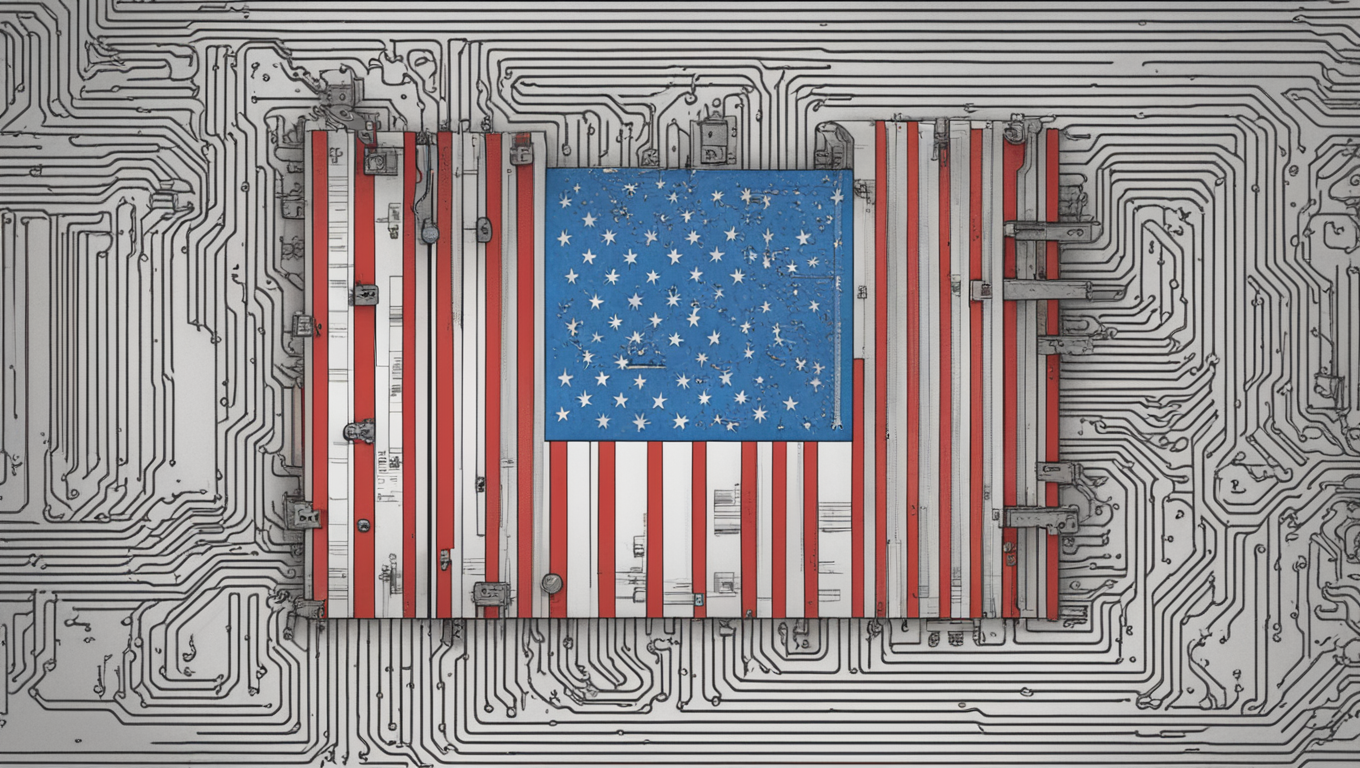A comprehensive industrial policy is being developed in the United States, this time focusing on artificial intelligence (AI). Similar to the approach taken with advanced semiconductors, Washington officials are looking to promote and protect AI from a national security perspective. The Senate’s bipartisan working group has released a roadmap calling for increased government funding of at least $32 billion per year for non-defense AI innovation, as recommended by the National Security Commission on AI. The working group’s proposal has yet to be turned into a bill, and its passage may face challenges in the divided Congress.
While there is bipartisan consensus in supporting domestic AI innovation, the high cost of the proposal may deter some budget-conscious conservatives. Furthermore, very few bills are expected to pass in the current legislative cycle, leaving limited opportunities for the AI bill to advance. Nevertheless, the Senate working group is more interested in building a genuine bipartisan consensus and may prioritize this over rushing through a partisan version of the legislation.
The protection aspect of the industrial policy involves limiting access to the most advanced AI models from foreign adversaries, particularly China. The Commerce Department is considering export controls for these models, similar to what has been done with semiconductors. This may involve restricting access to the backend software of the models while allowing downstream applications created with the software. Enforcing these controls could be logistically challenging as they involve intangible software rather than tangible products, but the Biden administration may still move forward with proposed regulations.
The metrics to determine which models would fall under these restrictions have yet to be determined. One potential criterion could be the computing power required to train the model, as suggested in President Joe Biden’s 2023 AI executive order. However, if this measure is used, no existing models would be covered. Another approach could consider a lower computer power threshold and other factors such as the type of data used and the model’s intended purpose.
While the development of increased government funding and export control measures for AI is still in its early stages, the focus on the technology among officials suggests that this industrial policy may take shape over the next few years. Similar to the timeline of the CHIPS and Science Act for semiconductors, these discussions are important as they will shape future actions and indicate lawmakers' regulatory priorities for AI, as well as any potential partisan divides that could hinder legislative efforts.





Use the share button below if you liked it.